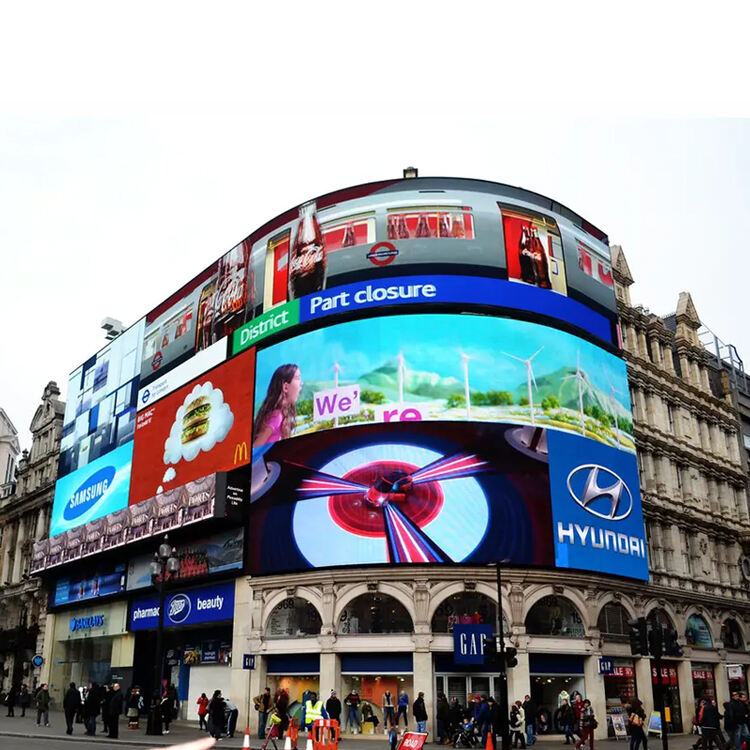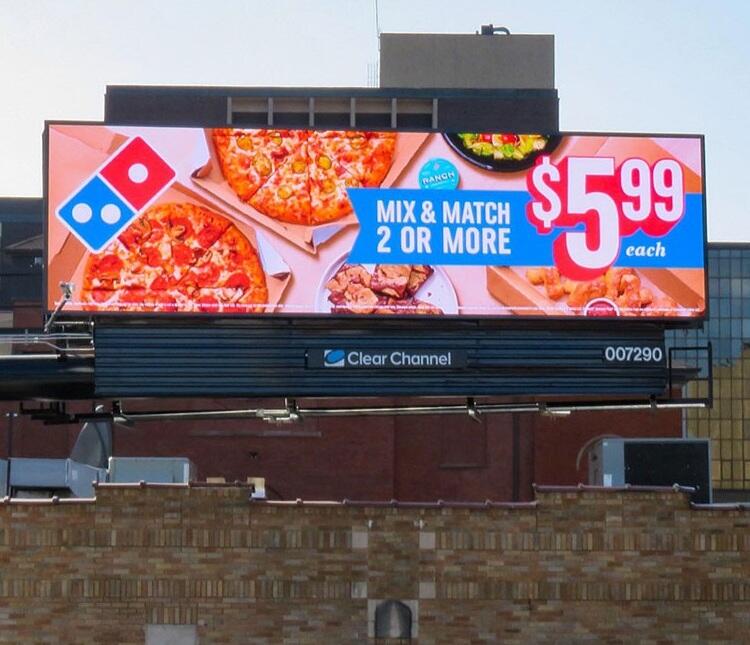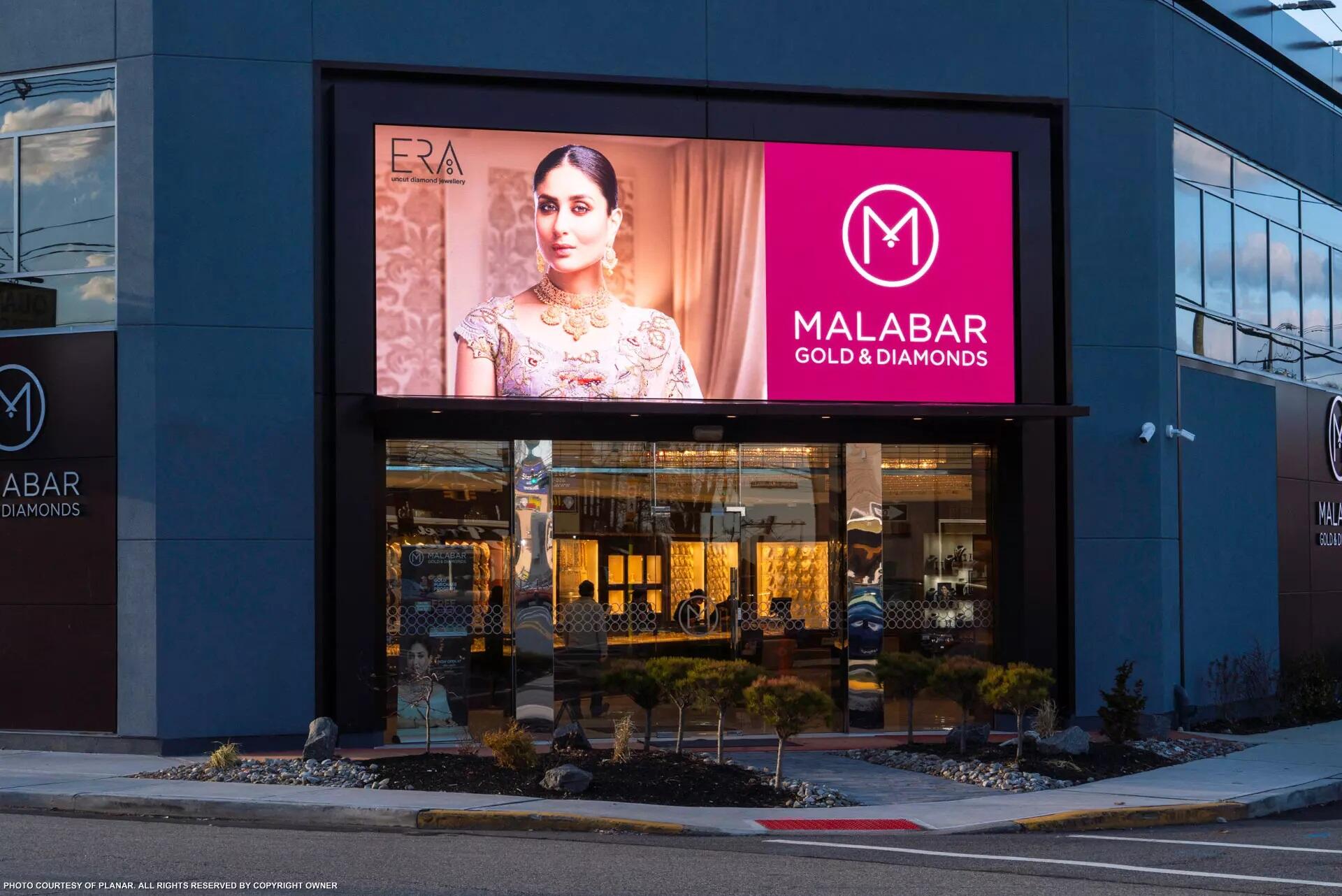indoor led screen price
Indoor LED screen pricing represents a significant consideration in modern digital display solutions, offering a dynamic range of options based on various specifications and requirements. These displays typically range from $200 to $1,000 per square meter, depending on pixel pitch, resolution, and overall quality. The price structure encompasses essential components including LED modules, control systems, power supplies, and installation hardware. Modern indoor LED screens feature advanced technologies such as SMD (Surface Mounted Device) components, which enable superior color reproduction and viewing angles. These screens operate at optimal brightness levels between 600-1,200 nits, making them perfect for indoor environments like retail spaces, corporate offices, and entertainment venues. The pricing also factors in additional features such as automatic brightness adjustment, remote control capabilities, and seamless integration with various content management systems. Resolution options typically range from 2K to 4K, with pixel pitches varying from 1.2mm to 4mm, directly impacting the final cost. The lifespan of these displays, usually ranging from 50,000 to 100,000 hours of operation, also influences the overall investment value.


